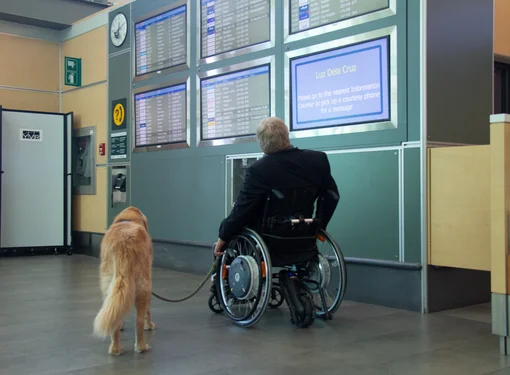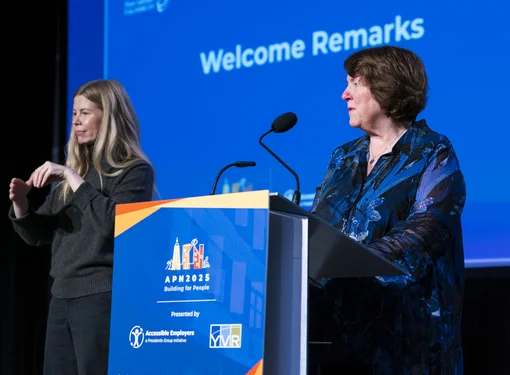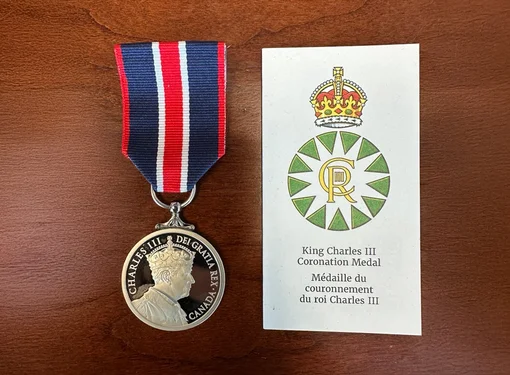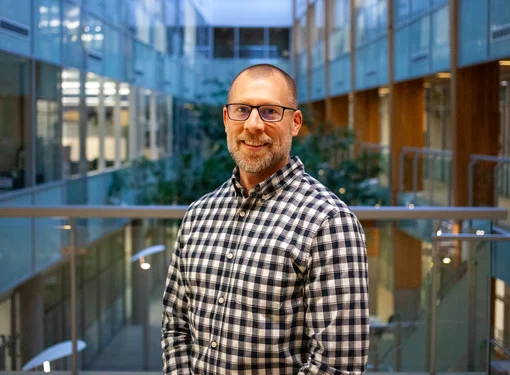Let’s Make This School Year an Inclusive One

Inclusion in the classroom goes beyond the idea of simply being nice to one another – it’s about intentionally planning for the success of all students, including those with disabilities.
Successful inclusion in the classroom is about designing activities and lessons to be flexible so that all children and youth have equal access to participation and learning opportunities. This aligns with Rick Hansen’s belief in empowering young people, so they have the capacity to change the world.
School districts across Canada are implementing DE&I (diversity, equity, & inclusion) strategies into their educational framework these days. Everything from professional development to curriculum lesson plans are evolving to better represent the diverse populations that make up our country. The shift toward inclusion in the classroom is the result of forward-thinking researchers, educators, and parents who pursued the idea of equal access to education for the benefit of all students.
According to research by Angela Valeo and Gary Bunch (Student attitudes toward peers in inclusive and special education schools (2004), inclusive classroom benefits all students in several ways, including:
- Increased levels of collaboration and participation.
- A more welcoming and positive school environment.
- Readiness for inclusion outside the school system.
- Increased self-esteem and social skills often lead to great friendships.
- A healthy attitude about human differences.
- Higher academic expectations from all students.
There are even more benefits to inclusion for students with disabilities; studies show they are absent less often when included and are more likely to pursue post-secondary education.
Research confirms inclusion is a good thing for everyone. But how can we promote inclusion in our schools?

Teaching Inclusion
Creating an inclusive environment often starts with the leaders of the classroom – the educators.
The RHF School Program (RHFSP) provides a wealth of themed activities, lessons, videos, and RHF Ambassador presentations to assist in teaching the essential lessons of inclusion, diversity, and accessibility – all available at no charge to educators and community youth leaders. Those who use RHFSP resources see the value in them, with 100% of users reporting that they would likely recommend them to fellow educators, according to the 2022 RHFSP Year-End Survey.
“Students had a positive response to RHFSP lesson topics and discussions,” said Renuka Senaratne, an educator at Hillcrest elementary school in British Columbia, and 2019 Difference Maker of the Year award recipient. “They also regularly expressed curiosity and interest in learning because I, as their teacher, walk with crutches and often use a wheelchair. So, these resources have increased their understanding and interest.”
In addition to increasing understanding, RHFSP resources open minds and hearts to the beauty of human differences. Without the existence of resources such as those offered by RHFSP, educators and youth leaders may be unsure where to begin in addressing these important topics with students. And if teachings of inclusion, diversity, and accessibility are absent in a young person’s educational experience, everyone misses out.
When students without disabilities aren’t provided with the experience of interacting with the 1 in 4 Canadians with a disability, they don’t receive the valuable opportunity to learn about diversity, cooperation, and consideration of others. In Valeo and Bunch’s study which involved dozens of Canadian students without disabilities, it was discovered that inclusive classrooms resulted in them having more friendships with their peers with disabilities and supporting inclusion in the broader sense.
RHFSP resources also help further the understanding of disability, inclusion, and accessibility for educators and youth leaders themselves. As a result of using RHFSP resources, 88% of educators said they felt more empowered to teach inclusion in their classroom or organizations. Additionally, 78% felt they were more aware of the impact of attitudinal barriers, while 68% felt that the resources provided more awareness about the effect of physical barriers.
“The resources have started conversations within our teams and promoted me to do more research for myself when creating resources for youth,” said Tessa Duc, Youth Outreach Officer for the Royal Canadian Mounted Police’s (RCMP) National Youth Advisory Committee.

Where to Begin with Inclusion?
The first step to inclusion in the classroom is creating awareness. Awareness sparks curiosity in students about topics that might be new to them, opening their hearts and minds to the beauty of human differences. There is much to talk about regarding disability inclusion, so the RHF School Program is launching a building-block approach to the 2022/2023 school year.
Called the Inclusive School Year, this new series consists of three themes: Be Aware, Be Kind, and Be Bold. Together, they provide a school year full of essential resources on inclusion, diversity, and accessibility. You can check out the Inclusive School Year resources on the Schools & Communities section of our website.
Be Aware runs from September to December 2022, featuring a wealth of complementary activities, lessons, videos, and RHF Ambassador presentations focused on the essential lessons of inclusion, diversity, and accessibility.
“RHFSP resources get students thinking,”
said Andrea Carter, an educator at Lakefield elementary school in New Brunswick. “I even had one student go to a hotel and point out things to the front desk that would potentially be an accessibility issue. RHFSP is a great program.”
Learn more about RHFSP’s Inclusive School Year series by visiting https://www.rickhansen.com/schools-communities/create-inclusive-school-year/start-awareness






